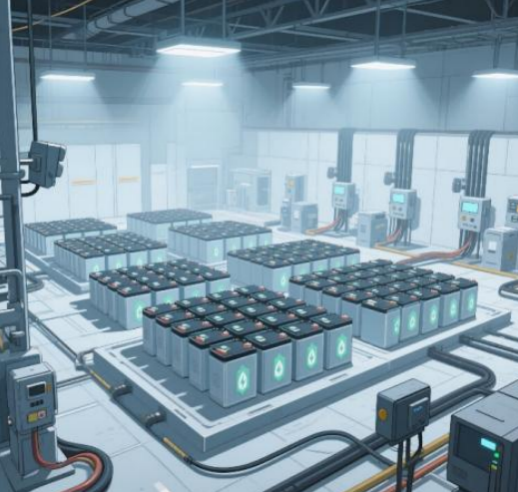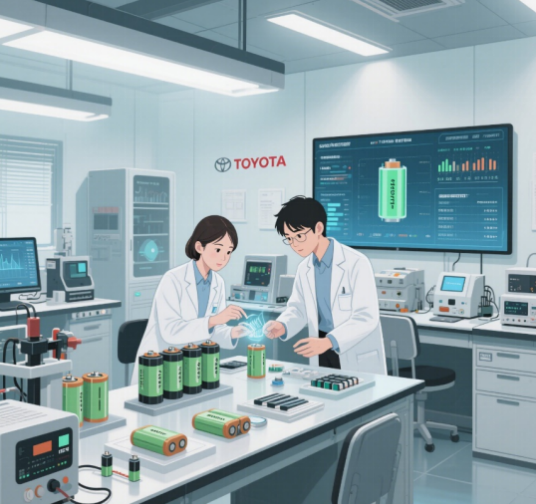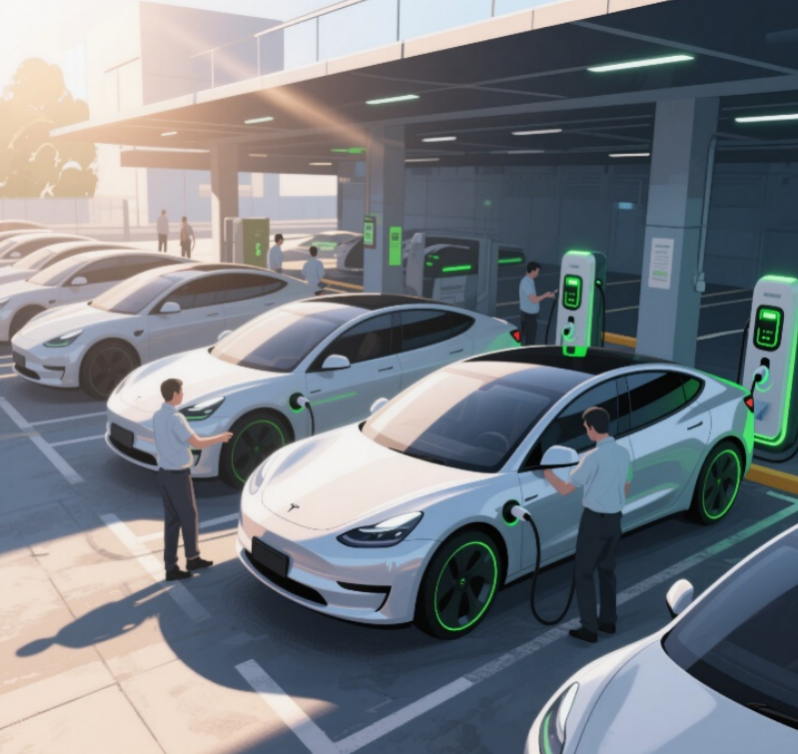Solid-State Batteries: The Holy Grail of EVs Finally Nears Production—Thanks to Toyota, QuantumScape, and CATL

The electric vehicle (EV) industry stands on the cusp of a revolution, with solid-state batteries poised to redefine performance and sustainability. Toyota, QuantumScape, and CATL are spearheading this charge, while the EU’s €3.2 billion battery research hub accelerates Europe’s bid for technological sovereignty. This convergence of innovation could spell seismic shifts for the oil and gas industry, challenging its dominance in transportation and energy markets.
Toyota’s Ambitious Roadmap: 500 Miles and 10-Minute Charges
Toyota’s 2027 solid-state battery roadmap aims to deliver a 500-mile range and 10-minute fast-charging capabilities, addressing two critical barriers to EV adoption: range anxiety and lengthy charging times . By replacing liquid electrolytes with solid materials, Toyota’s batteries promise higher energy density (targeting 500+ Wh/kg) and enhanced safety, eliminating risks of thermal runaway. However, challenges persist: the company has previously delayed timelines, and mass production scalability remains unproven. Despite these hurdles, Toyota’s commitment underscores the industry’s growing confidence in solid-state technology as a viable alternative to lithium-ion batteries.
QuantumScape’s Dendrite-Free Breakthrough
QuantumScape, backed by Volkswagen, has achieved a pivotal milestone with its dendrite-free solid-state battery . The QSE-5 B-sample cell exhibits a volumetric energy density of 844 Wh/L alongside a gravimetric density of 301 Wh/kg, surpassing conventional lithium-ion batteries in both key performance metrics. The company’s proprietary ceramic separator and lithium metal anode prevent dendrite formation—a common cause of battery degradation and fires—while enabling ultra-fast charging (10-80% in 15 minutes). QuantumScape’s FlexFrame design optimizes space utilization, reducing energy density losses during module assembly, a critical advantage over cylindrical formats . With pilot production underway, QuantumScape is positioned to disrupt the EV battery market by 2025.
CATL’s Cautious Optimism and EU’s Strategic Push
CATL, the world’s largest EV battery producer, has adopted a dual strategy: advancing solid-state technology while investing in sodium-ion and condensed-matter batteries as interim solutions . Despite skepticism about solid-state commercialization before 2030, CATL plans to launch mass production by 2027, targeting 500 Wh/kg energy density. This measured approach reflects concerns over material costs and safety risks, such as lithium-metal reactivity in accidents .
Meanwhile, the EU’s €3.2 billion research hub focuses on vertical integration across the battery value chain, from raw material extraction to recycling . By funding 17 industrial partners and 70+ research organizations, the EU aims to reduce reliance on Asian suppliers and foster a circular economy. Projects include developing sustainable cathode materials, advanced battery management systems, and closed-loop recycling processes. This initiative aligns with the EU’s Green Deal, aiming to decarbonize transportation and secure technological leadership.

Disrupting Oil and Gas: A Paradigm Shift
The rise of solid-state batteries could drastically reduce global oil demand. With EVs powered by solid-state batteries offering equivalent performance to internal combustion engines (ICEs) at lower operating costs, consumer adoption is likely to surge. Grand View Research predicts the solid-state car battery market will grow at a 54% CAGR from 2024 to 2030, reaching $259.8 million by 2023 . This transition would erode oil’s dominance in transportation, which currently accounts for 55% of global oil consumption .
Oil and gas companies are already adapting. China’s Sinopec, for instance, has invested in solid-state battery startups and expanded into EV charging infrastructure . Similarly, European majors like Shell and BP are diversifying into renewable energy and hydrogen. However, the shift will not be seamless: traditional oil-dependent economies and workforces face significant disruption. The International Energy Agency (IEA) projects that electric vehicles (EVs) may curtail 30% of projected oil demand growth by 2030, a trend poised to hasten the sector's downturn.

The Path Forward: Collaboration and Innovation
Solid-state batteries represent more than a technological leap—they are a catalyst for systemic change. Toyota’s roadmap, QuantumScape’s engineering prowess, and the EU’s policy framework collectively signal a future where EVs dominate mobility. However, success hinges on addressing scalability challenges, standardizing safety protocols, and fostering global collaboration. For the oil and gas industry, proactive diversification into energy storage and renewable infrastructure is no longer optional but essential for survival.
As solid-state batteries near production, the world stands at a crossroads. The choice is clear: embrace innovation to build a sustainable future or cling to outdated models. The outcome will shape energy markets, economies, and the planet for decades to come.
(Writer:Seli)



